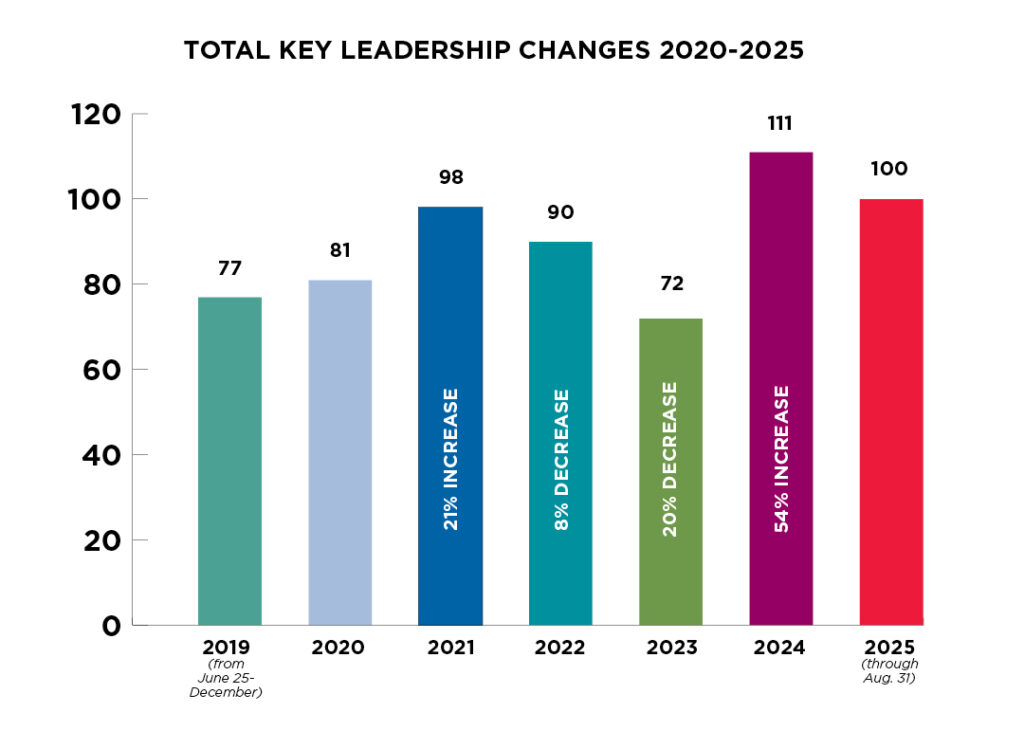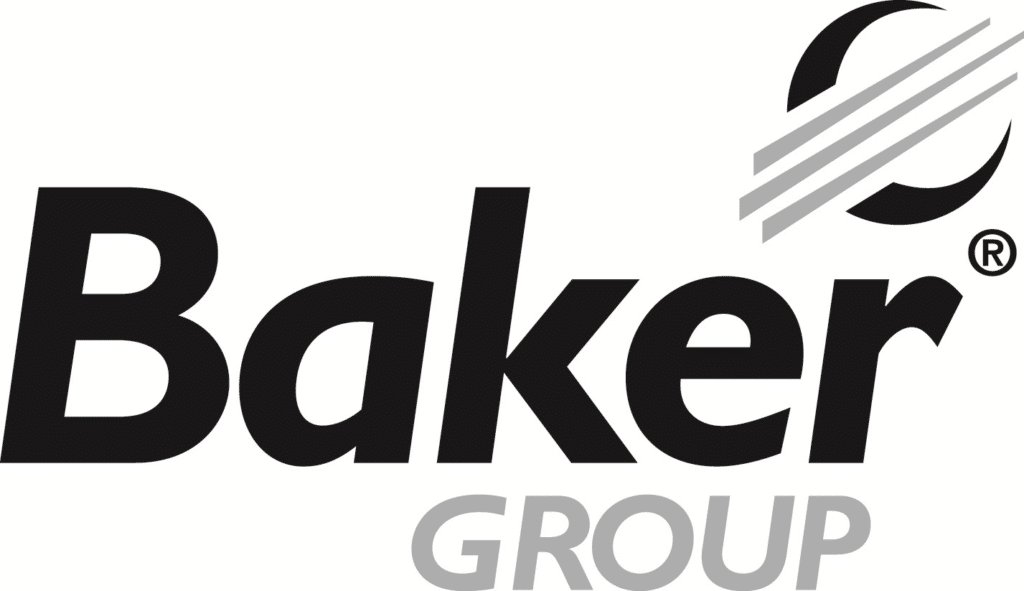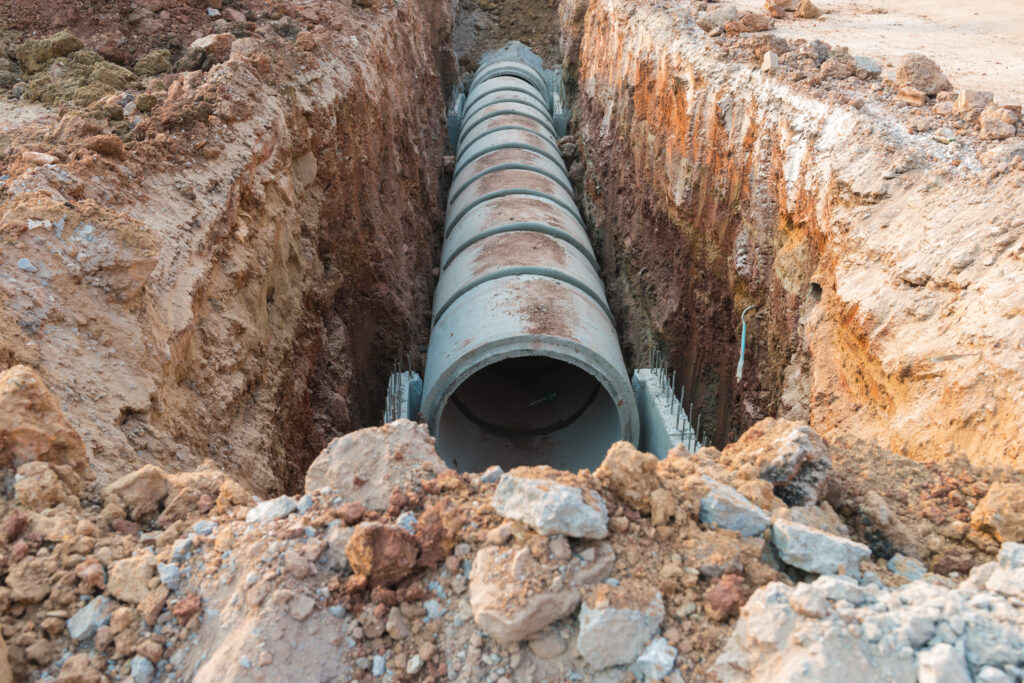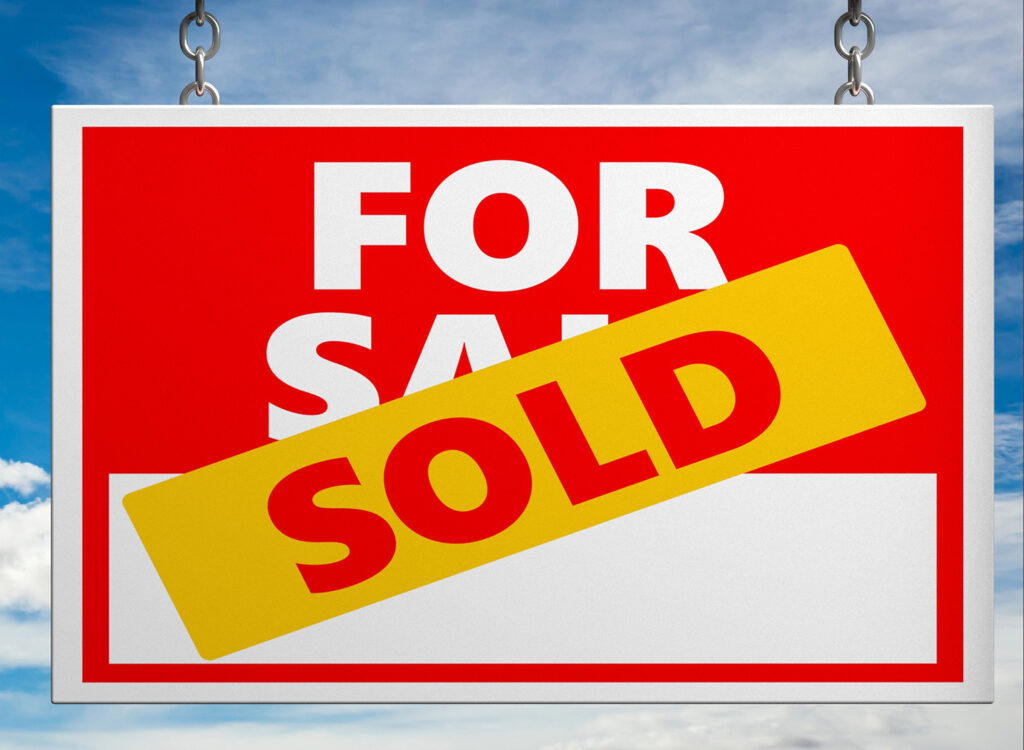Project515 panelists discuss today’s office market
Companies seeking ways to lure workers back to office, one panelist says

KATHY A. BOLTEN Sep 6, 2022 | 8:40 pm
5 min read time
1,164 wordsBusiness Record Insider, Real Estate and Development
Leaders of companies that occupy office space are looking for ways to bring workers back to the workplace if not full time, then two or more days a week.
To do that, they need office space that is inviting and user-friendly, panelists in the Business Record’s Project515 virtual discussion about the office sector said.
“Prior to the pandemic, there was this whole idea … that entries to buildings were geared to guests,” Todd Garner, principal at Substance Architecture, said during the Aug. 25 event. “Now it’s ‘How do you cater to your employees.’ … Companies want to give employees a reason to come back to the office.”
Companies are tackling the issue in different ways. Some have added rooftop patios, others large collaboration areas equipped with state-of-the-art technology. Some are adding coffee bars, workout areas and spaces with views to the outdoors.
A decade or so ago, when companies added fitness areas, the spaces were in the basements.
“That’s not the case anymore,” said Justin Lossner, a managing director at JLL’s Des Moines office. “If you’re in a high-rise, your fitness center needs to be at the top of the building. It’s got to have a premier view.”
The following are highlights from the discussion on the office market.
A lot of office space was shed during the Great Recession that occurred in 2008-09. What sparked the return of the office sector?
Rupprecht: The office market relies a lot on the economy and how the economy is doing. Jobs are a really big part of that. I think as the economy improved [after the Great Recession], businesses were more profitable, revenues grew, jobs were added. As you look at where we are today, having some of the stability in our economy and competence is important. We’re seeing people today signing longer-term leases, and that gives you some idea that there is more [economic] stability. When there is uncertainty, then the real estate decisions [regarding] office space certainly are made differently, especially if you have a looming recession. … Our economy has to continue to grow for the office space demand to come back.
JLL recently released its second-quarter report on the Greater Des Moines area’s office sector. Lossner shared some of the report’s highlights.
Lossner: If you look at our report, it says the vacancy rate is 11.6% [in the Des Moines area]. That tracks all property [including owner-occupied, which] skews those numbers. If you really want to get to the meat of what the true vacancy is, take [out the owner-occupied properties] and what you’re left with is about a 22% vacancy for downtown. Interestingly enough, it’s always been about that. … So while it feels like there’s a lot more vacancy, it’s pretty similar to what we’ve seen in some of the peaks and valleys. West Des Moines, to me, is really an eye-opener. Again … take away the owner-occupied properties and you’re closer to a 17% [vacancy rate] out west. Two years ago, that was 10%. West Des Moines has definitely felt some pain.
The other takeaway is, if you look at the number of leases that were signed in the past 12 months, about 80% of the activity is happening in West Des Moines. So downtown is seeing a much slower velocity than West Des Moines has over the last couple years.
What industries are leasing space?
Lossner: Law firms are extremely active right now. So are counseling and therapy. We’ve done more behavioral counseling therapy deals in the last 12 months than I probably did in five years combined. … Financial services have been pretty active. … [Businesses] that are in dated space or are due for a refresh are hitting the market and trying to target Class A space with amenities [like] conference rooms, training rooms, fitness centers.
What is McGough seeing occur in the office sector nationally or in the Midwest?
McIntosh: It’s a wide spectrum of answers. In Minneapolis, where I am, we’ve got a much bumpier road to the return to the office. I think that is partly because we were not only dealing with the pandemic but … a lot of public safety issues. That’s caused extra challenges for determining how and when to return to the office. McGough delivered, as the general contractor, a new downtown [Minneapolis] tower earlier this year. … We only have one other spec office building under construction now in downtown Minneapolis. … In some of the other markets we are active in, there is a lot of activity. In a lot of cases, it’s either corporate-owned facilities that are making changes and renovations and improvements to their existing space or adding on to it … to create what they need for the way people work in today’s environment. We’ve got a couple of our markets where it’s a lot quieter and there’s not yet the confidence to spend money until there’s more clarity on how their firms or staff are going to use that space.
How are hybrid work arrangements affecting how office spaces are being designed today?
Garner: There’s definitely a shift away from pre-pandemic workspace arrangements. What we’re hearing from our clients is that [workers] want to be together. When they’re in a collaborative, open office work environment, the cubicle walls are coming down and there’s more collaborative furniture, such as stand desks. … As we cater to those collaborative work environments, there’s also a high demand and a high need for focused workspaces – what we used to talk about as private offices or focus rooms are becoming more and more critical. Those have to be designed to be super quiet when the doors are closed. … Every one of those focus rooms also has pervasive technology throughout it: The wireless has to work well, the TVs on the wall, the cameras. Everything has to come together to function or the staff just won’t use it.
What about amenities?
Garner: You’re starting to see clients asking about what the neighborhood is like, what are the amenities in the neighborhood. Is there a coffee shop nearby? Are there good restaurants? Is there shared space?
What’s the outlook for new office development in the Des Moines area in the next 12 to 18 months?
Nickolaus: I’m eternally optimistic. … It just has to be the right product. Any very, very large spec office is probably going to struggle but there is definitely room for an office building that has one tenant secured [with spaces for other tenants]. It needs to have the amenity space that allows the tenant flexibility. There are people looking for space – there’s small users, there’s medium users. We’re going to have larger users that can’t fit into the footprint of some of these larger office buildings that are vacant that are going to be looking for space. Downtown is healthy, as are some of the suburban centers. I think we’ll continue to have new office products pop up.










